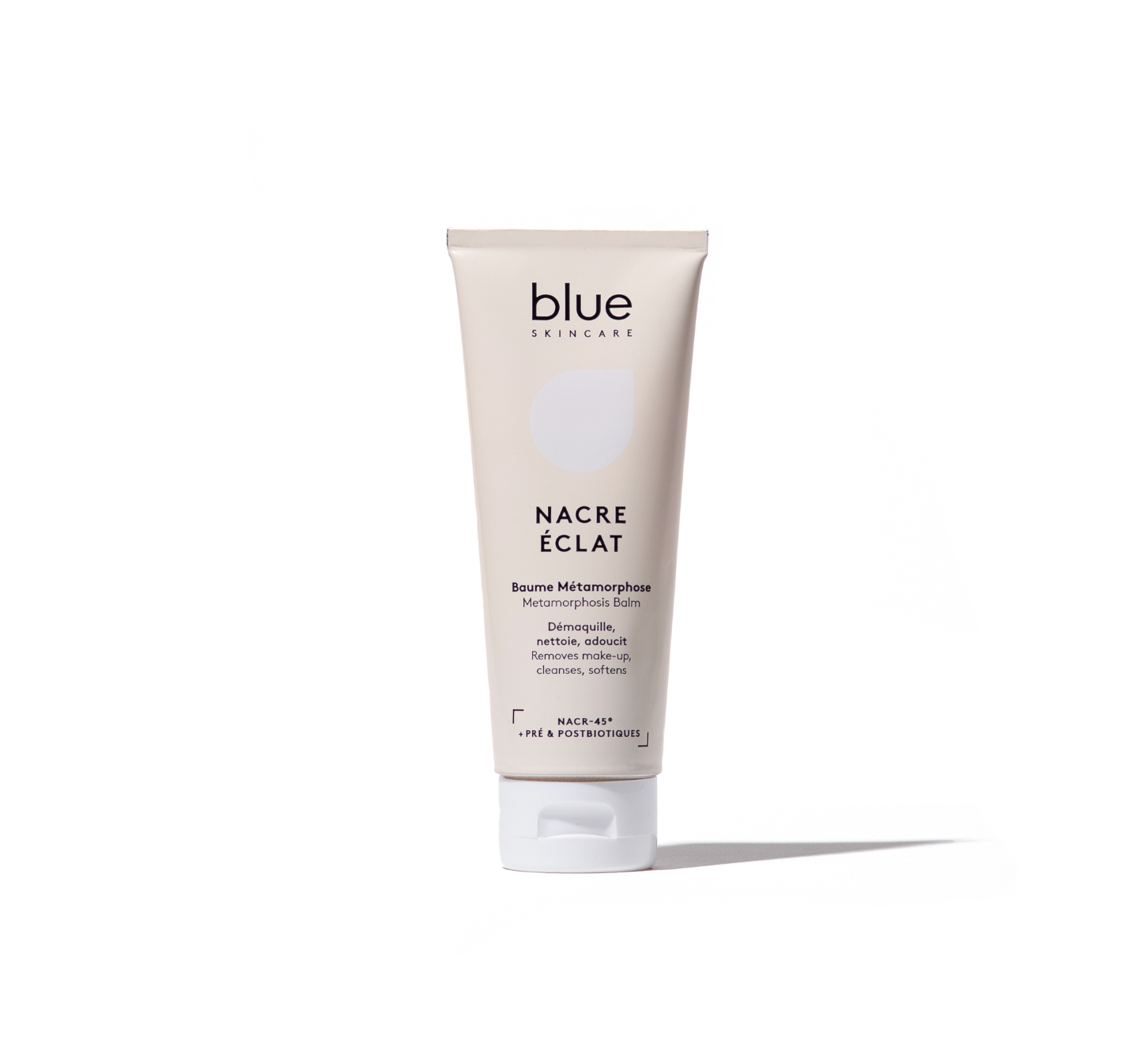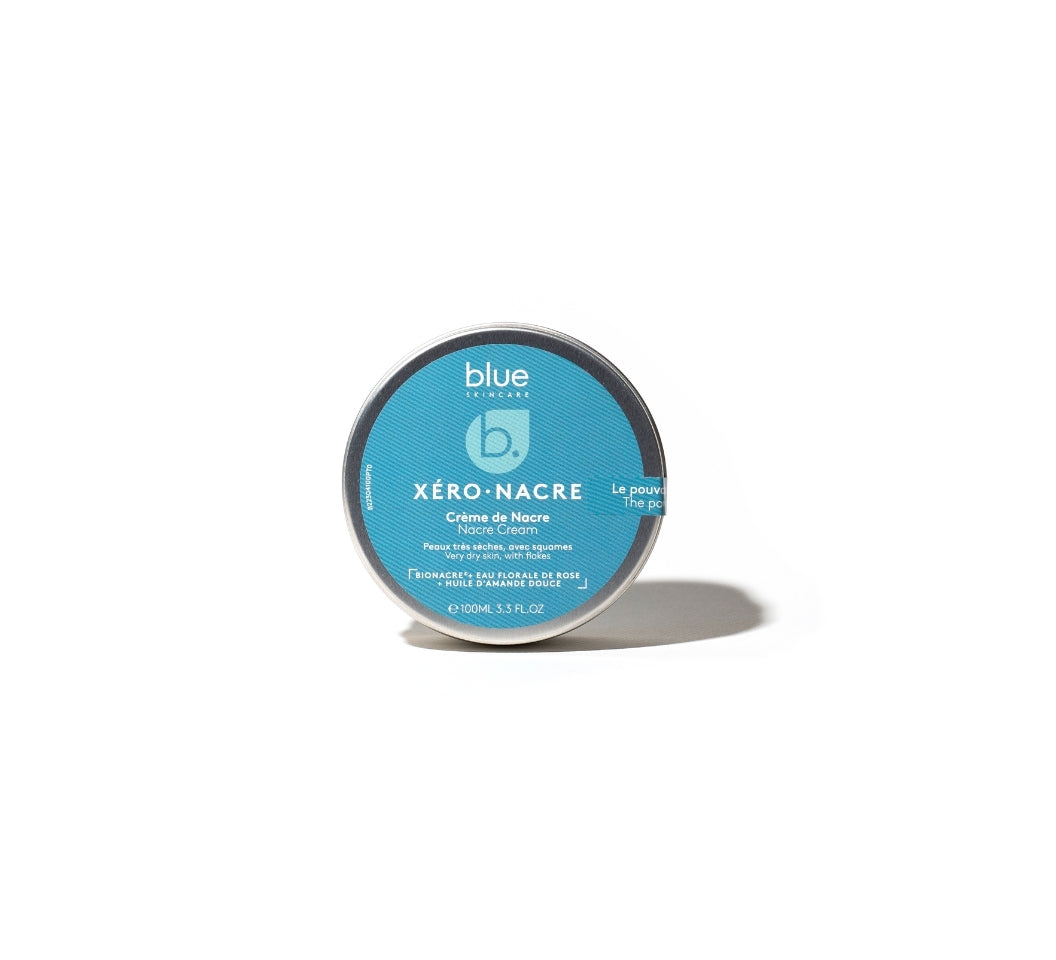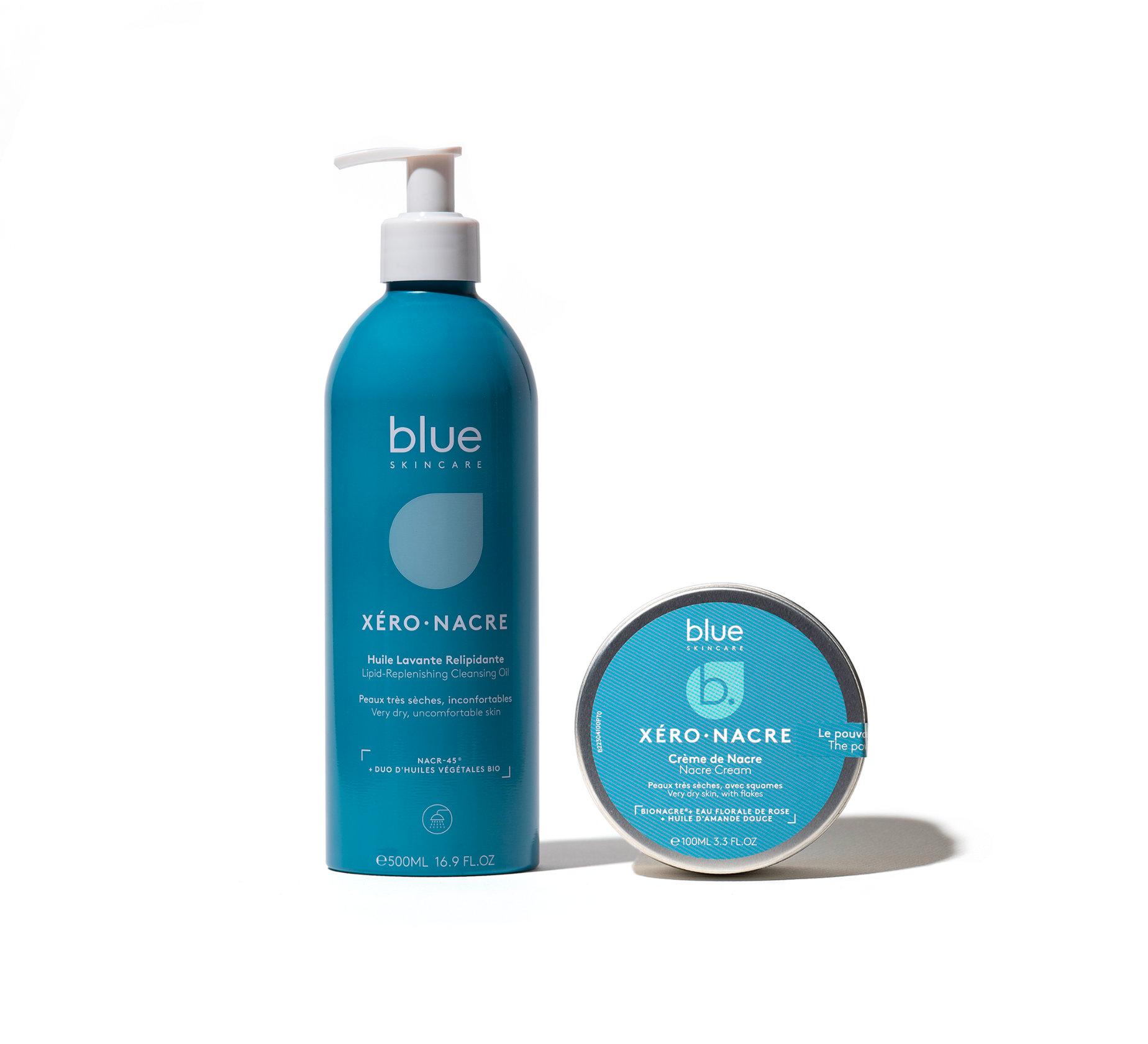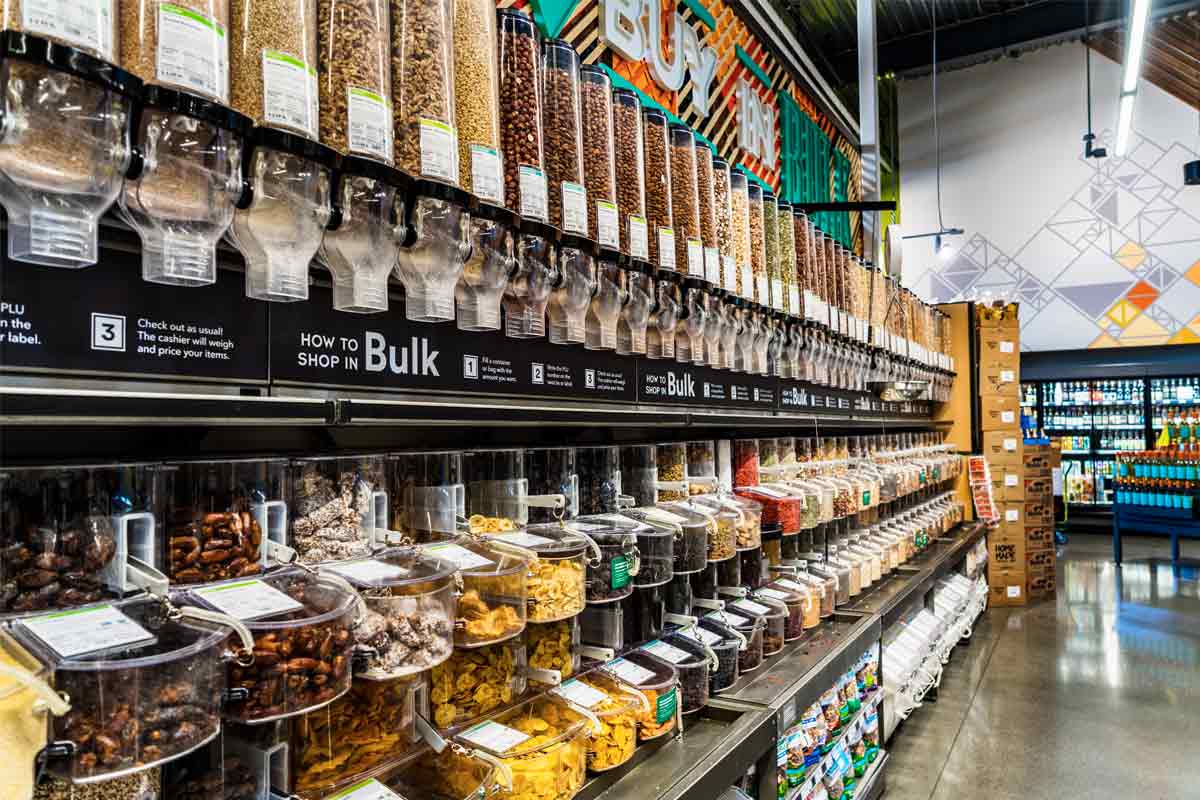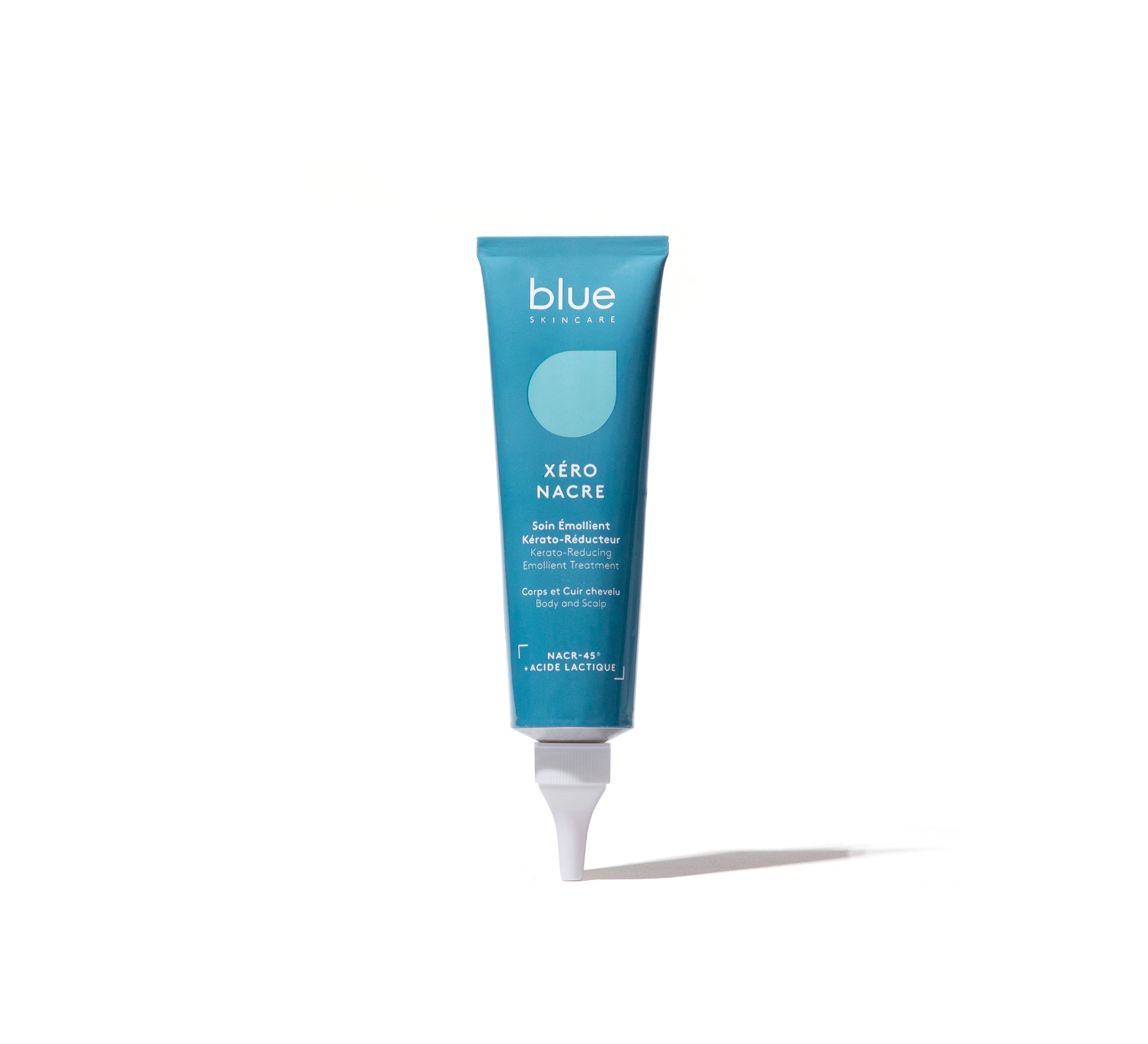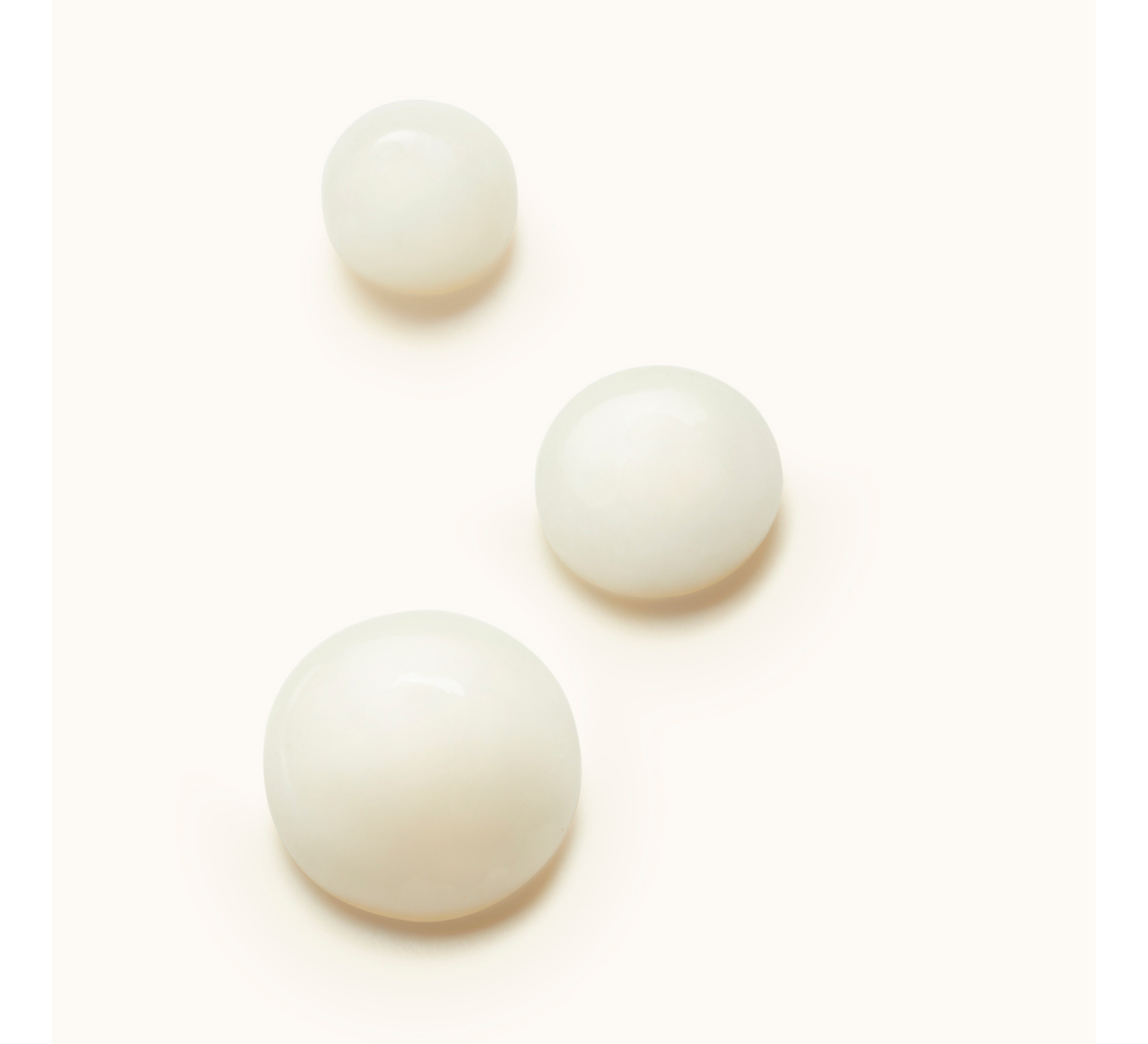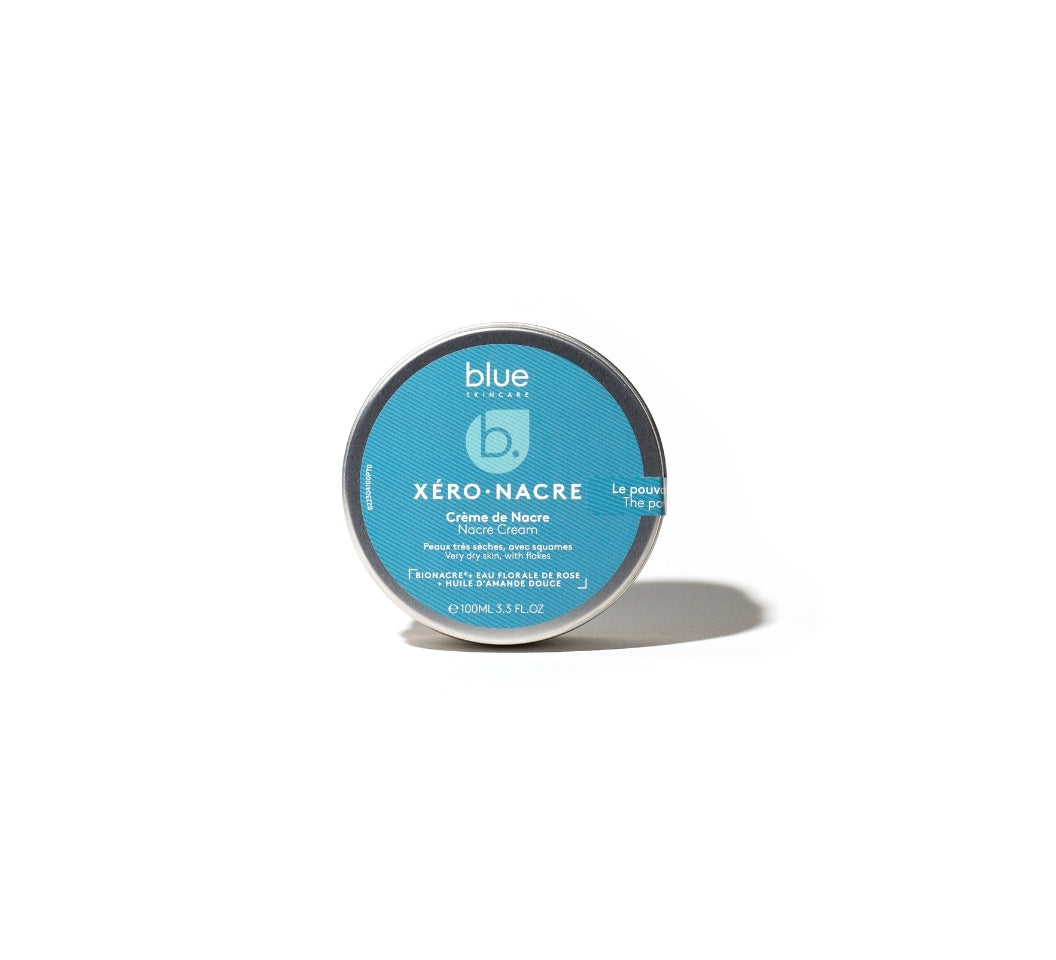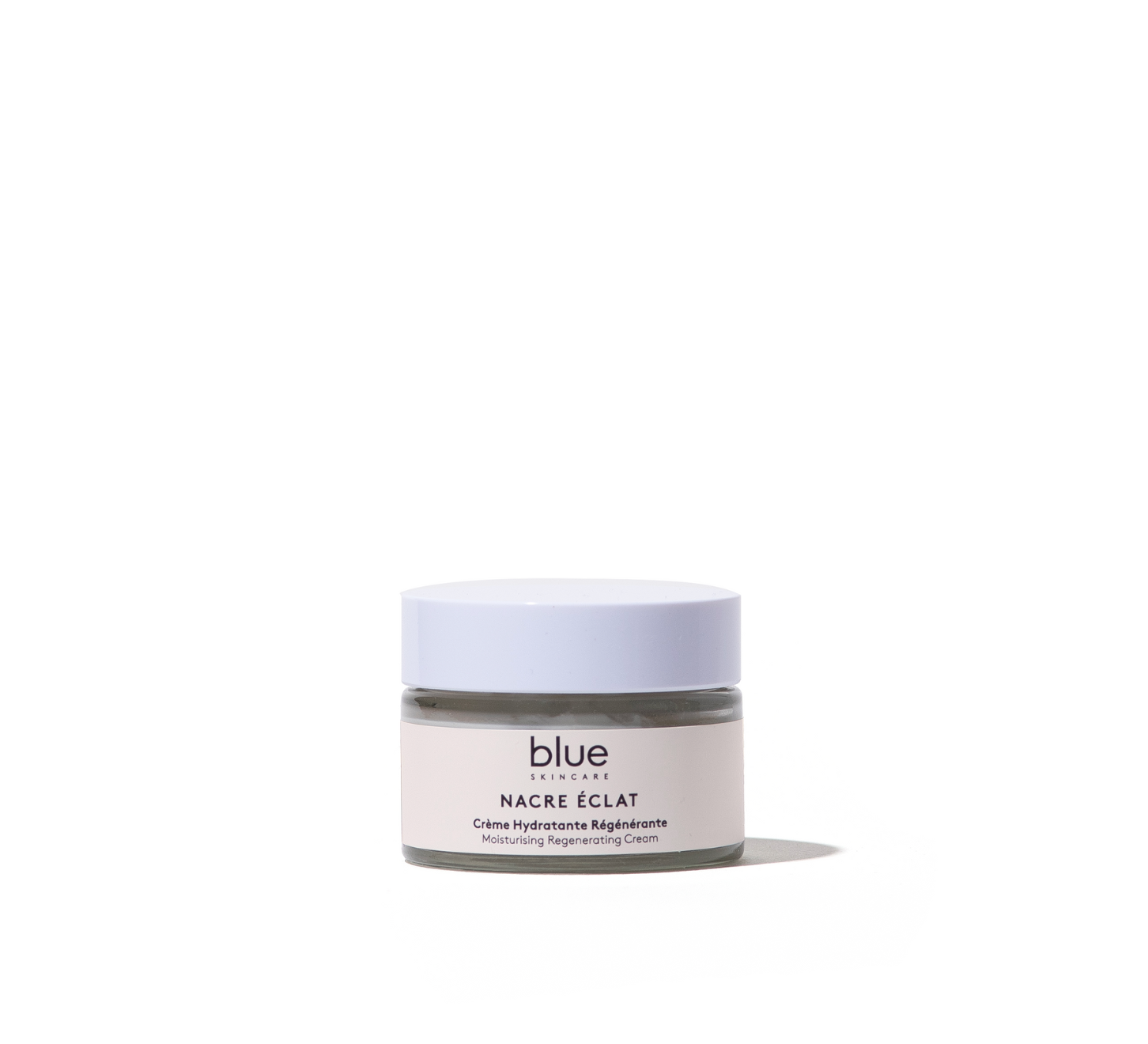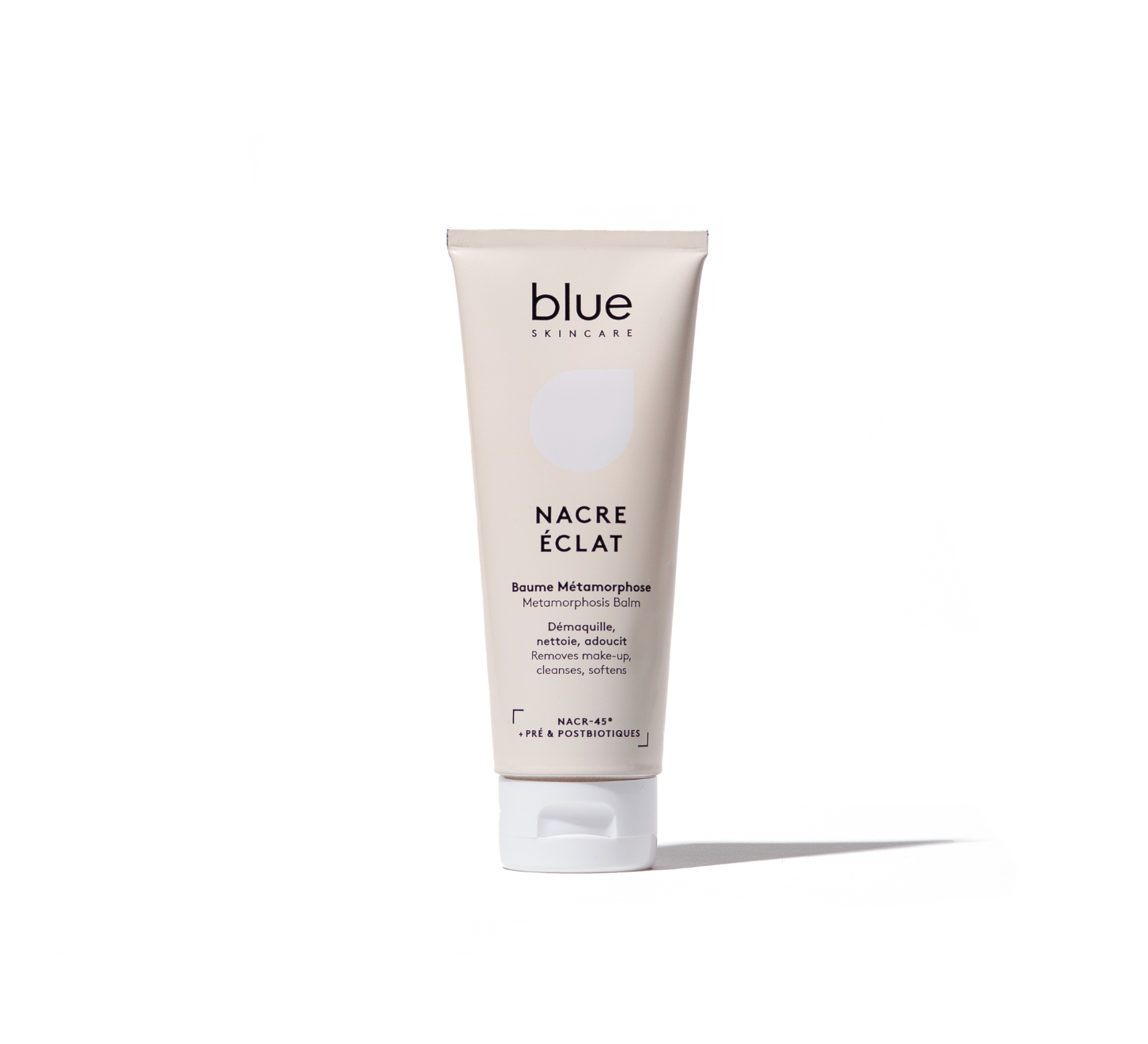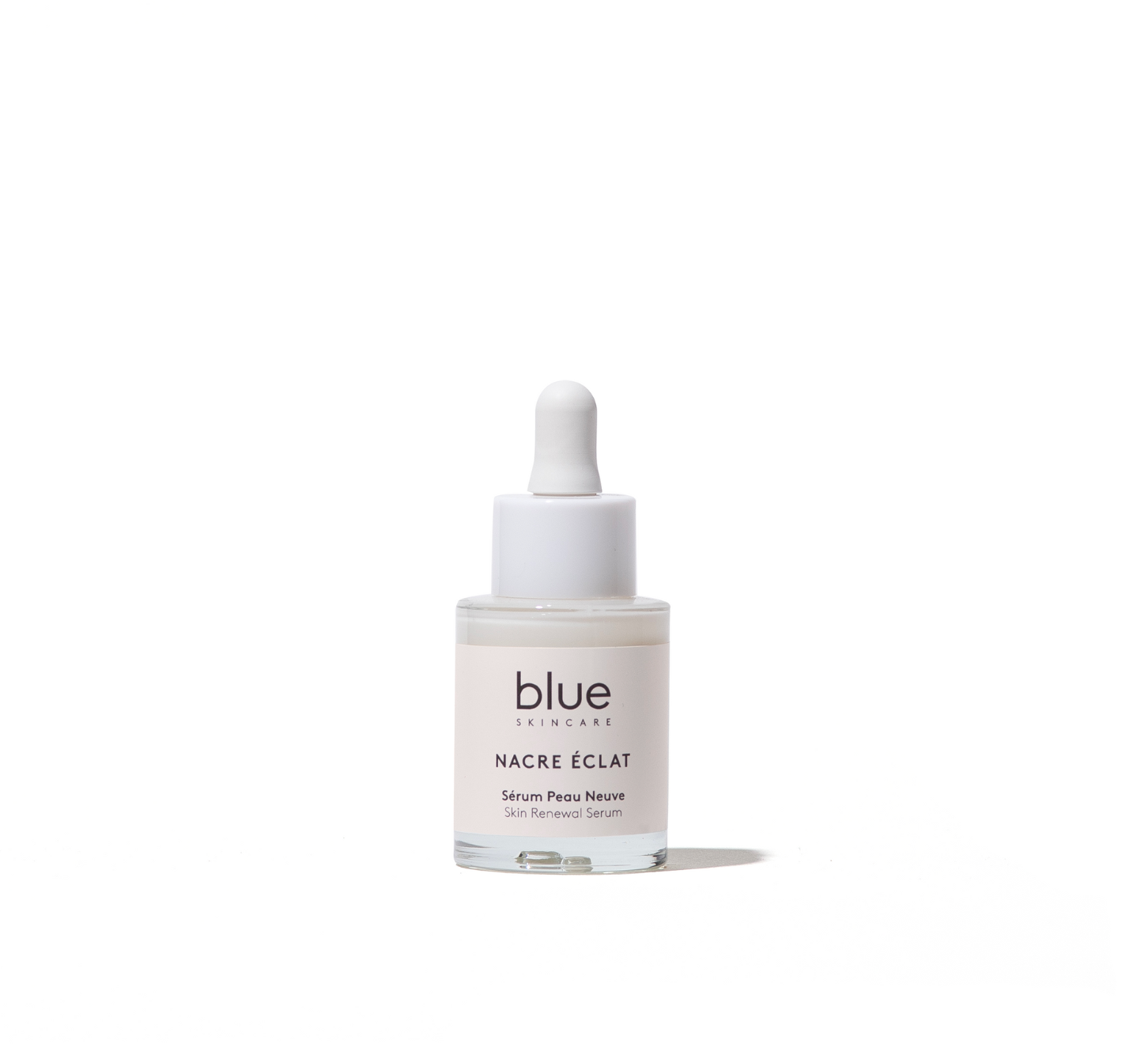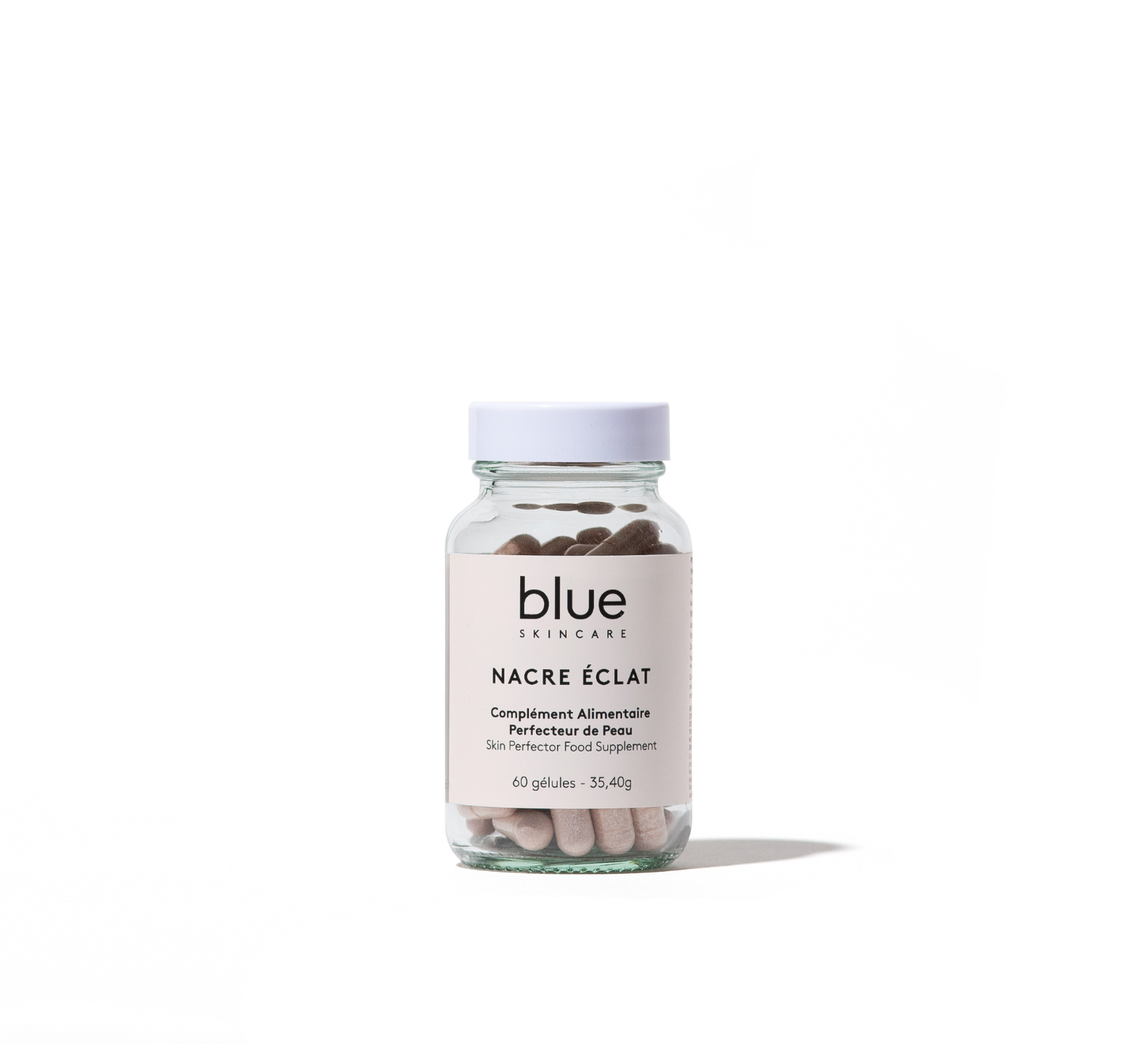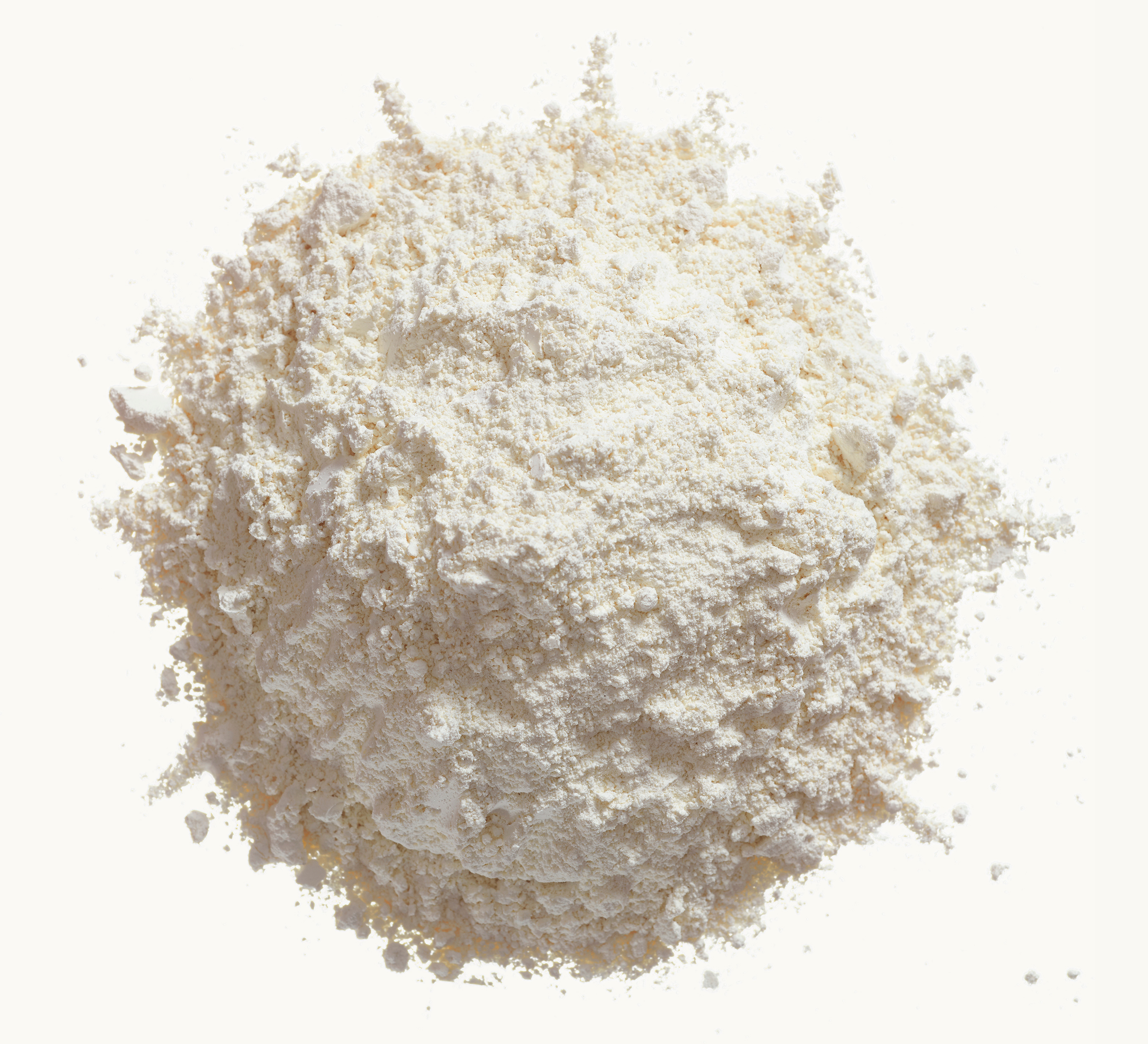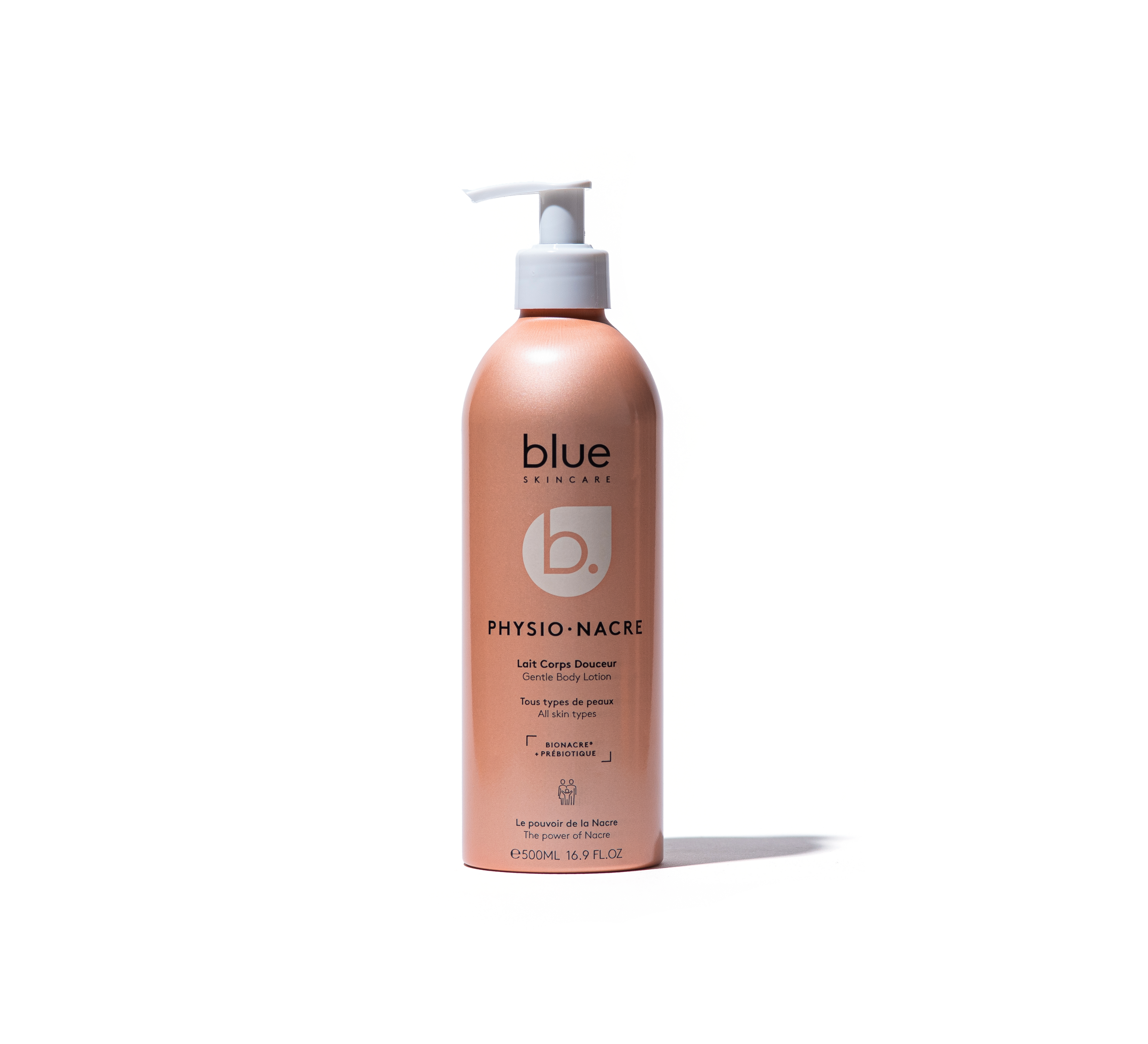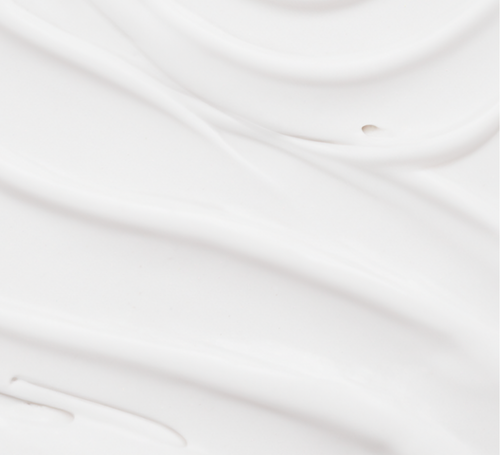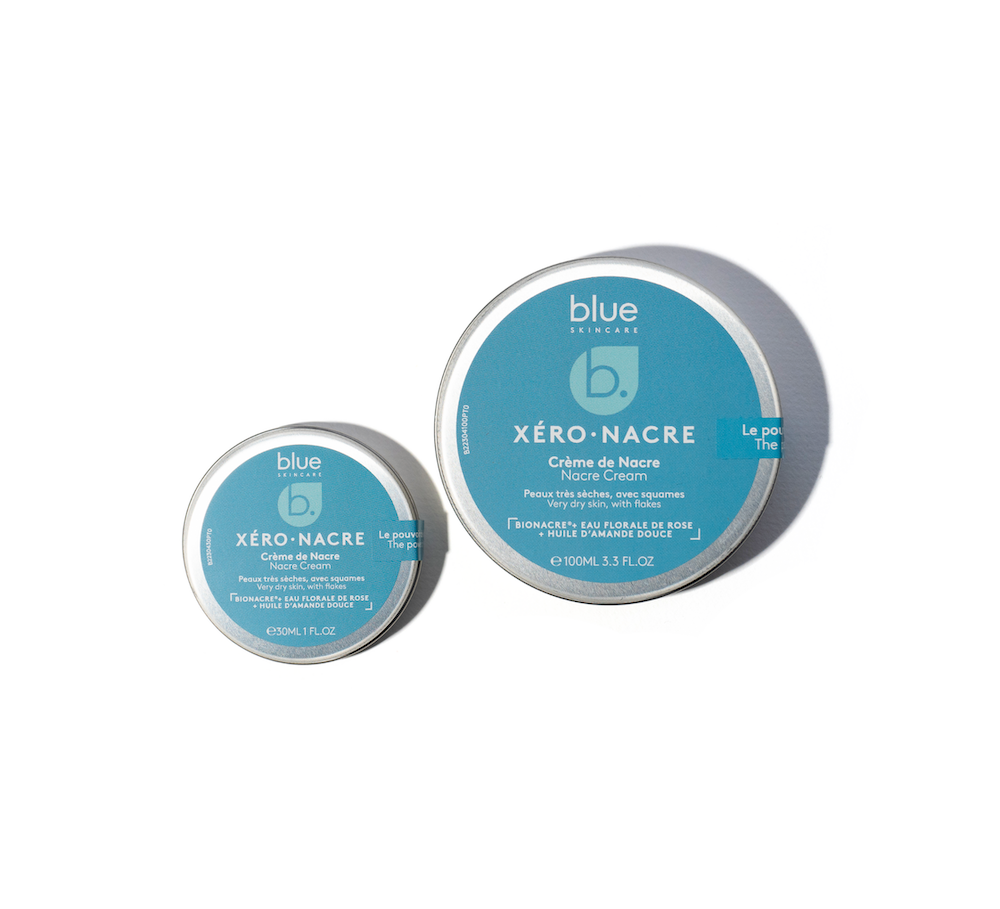The giants of the food industry and mass distribution that sell their products in hypermarkets have a bad reputation... because of their low-end foods and their products that are bad for the planet and health. But faced with changes in consumption, brands have had to adapt. Here are some tips for making the right choices.
Unclean ingredients and brands: we boycott
1- We boycott unclean ingredients and brands
The first thing to do? A list of harmful ingredients to ban: palm oil first and foremost, since we know that it has no nutritional value and that its cultivation, on the other side of the world, causes large-scale deforestation. Today, many products proudly display the “palm oil free” label and are easy to spot.
The same goes for soy and coconut oil, the popularity of which is leading to overexploitation.
Otherwise, just read the list of ingredients. Of course, we also avoid brands that torpedo resources all over the world: sodas in general, and mineral waters that pump water from the water tables, and only produce plastic pollution through the billions of bottles produced around the world. We find out about i-boycott to buy better!
2- We are wary of industrial coffee and chocolate

These two foods, once exceptional, are now consumed in large quantities on a daily basis. However, they come from plants that require certain climates, grow close to equatorial forests, require a lot of water, etc. Their intensive production poses a serious threat to the biodiversity of these regions and their ecosystems due to deforestation, the use of pesticides, fertilizers, and soil erosion. Local populations are also often exploited and working conditions are extremely difficult. Worse, since industrial chocolate is highly processed, each step and addition of ingredients increases its footprint. Ideally, we therefore only buy artisanal chocolate, from certified production , and coffee from fair trade and a forest protection program. If there is none in your store, order online or go to a small organic shop.
3- We avoid industrial meat
Meat is one of the foods with the worst carbon footprint ... and when it is industrial, it is even worse. Large-scale meat production, often very far from here, also requires the cultivation of cereals on the other side of the world to feed the animals. These crops (soy, etc.) consume astronomical quantities of water, to feed animals that are often poorly treated in oversized farms, which will end up slaughtered. The meat is then processed in another country and then offered on the shelves in abundance, with additives such as nitrates to preserve it. Not to mention that a good part of this meat will not be sold and will be thrown away . In short: a terrible waste of resources. Solution: we buy less meat, less often, unprocessed if possible (we avoid low-end charcuterie producers, nuggets and co use all the low ground cuts) and we choose family farms, animals raised and fed on pastures. And why not turn to plant-based substitutes, such as plant-based steaks, the supply of which is increasing in mass distribution in response to demand.
4- We favor regional and seasonal products
Some brands reference regional products and it is not uncommon to discover this phenomenon on vacation. It is better to favor them to support the local fabric, the small artisans, to whom the large-scale distribution often imposes very harsh conditions. To consume clean, it is important to choose preferably fruits and vegetables produced in France, in the region and in season .
We avoid giving in to the temptation of fruits and vegetables of all kinds all year round, and if in our hypermarket the section only offers products from far away, we try to get our supplies elsewhere: agricultural cooperatives, small producers, markets... we just need to adopt new habits to avoid the trap of large-scale distribution which encourages us to buy without thinking because we have everything on hand.
5- We adapt to bulk and organic products in hypermarkets

To follow the zero waste trend, hypermarkets have started offering bulk products. Cereals, pasta, seeds... it's an interesting solution to stock up on large quantities, avoid packaging , and save money. You can also find whole and varied cereals, and the bulk system also allows you to choose the exact quantity you need. A process that avoids falling into the trap of promotions with large packaging (like large pots with a rounded bottom towards the inside) but less product inside. For the planet , the ideal is of course to accompany the bulk with fabric bags, which you can bring back from one time to the next.
On the organic side, industrial products are pretty good in terms of composition and companies are making efforts in traceability. Then there is the packaging... Especially for organic vegetables which are sometimes packaged in plastic bags to differentiate them from conventional fruits and vegetables. Here again, it is better to go to small, specialized and local stores, and keep in mind that large retailers offer these alternatives to keep their customers. Regarding fruits and vegetables , we are wary of all those that shine thanks to a sprayed wax to be more appetizing!
Overall, we can avoid the worst products and choose to buy clean. However, this requires a lot of vigilance. We must take the time to decipher the labels, to find out about the brands and to resist the multiple temptations and low prices of supermarkets. In the long run, however, we get into the habit of only buying products that we have validated ourselves, and we supplement elsewhere for what we cannot find. In the long term, it would be logical to systematically favor small businesses to revalue local, human and the value of work. We can always try to change this pitfall by considering our wallet as a voting slip that can influence society as a whole.
